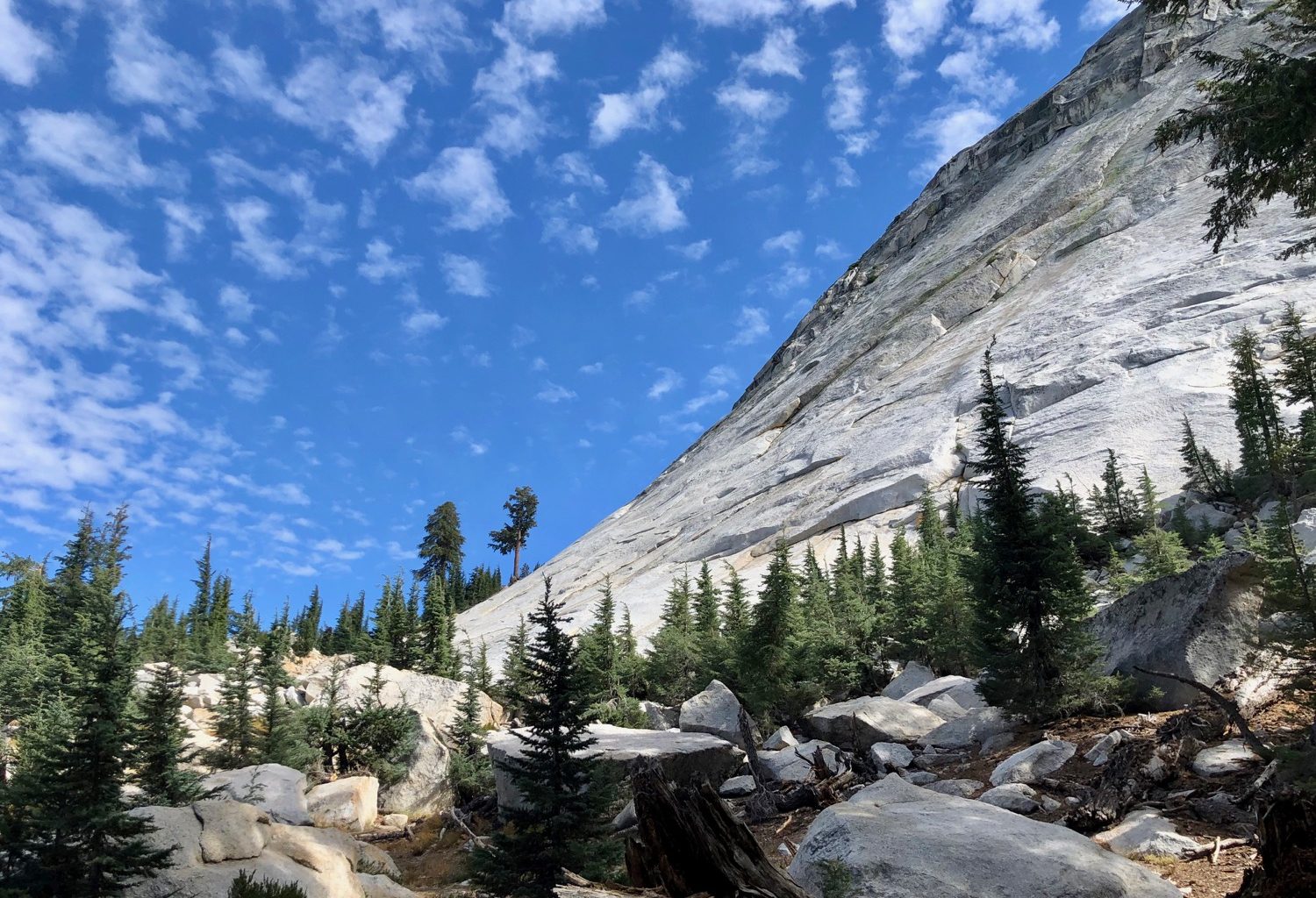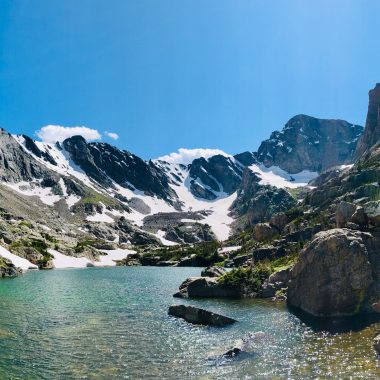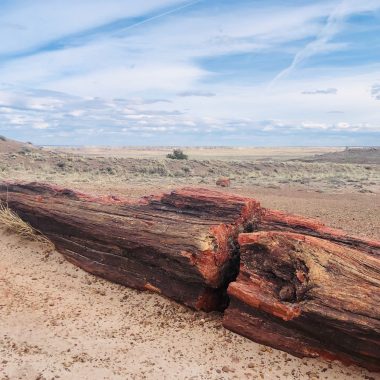After our visit to Great Basin National Park, it was time to make the trek across Nevada to Mammoth Lakes for the first stop on our road trip through the High Sierras. Early Fall is a lovely time to tour the High Sierras. The climate is still moderate, the high country around Tuolumne Meadows in Yosemite is still open, and the summer crowds have faded away. I’ve been to Mammoth Lakes a few times, but have never camped. Mammoth is an outdoor paradise with the added benefit of having a full resort town just a few miles from the camping areas around the lakes. While real world amenities are right next door, Mammoth Lakes feels a world away. The lakes themselves sit in the basin of the Long Valley Caldera, an active volcanic caldera which last erupted around 100,000 years ago. The volcanic history is evident everywhere you look, with rugged, beautiful rock formations in every direction around the lakes.

We camped at the Twin Lakes Campground in the heart of Mammoth Lakes. The campgrounds here are mostly National Forest facilities. Twin Lakes provides easy access to Twin Lakes, the Mammoth bike path (with quick access to town), and trail heads. The campsites are fairly spread out with a significant amount of tree cover. If you need solar power during the day, you won’t get much here. There are other campgrounds in the area with less cover, so plan accordingly. I scoped out several hikes to explore the area, with the longest being an eight mile out and back up to Duck Lake Pass in the John Muir Wilderness. This is one of the more challenging, but also rewarding, hikes in the area– with a total elevation gain of over 2000 feet. On the way up to Duck Pass, you pass by several alpine meadows and lakes on your way up to a glorious view of both Duck Lake, the peaks of the Sierras, and Mammoth Lakes below. It’s a hearty hike, with a long rock scramble section (sturdy hiking shoes recommended) as you ascend up the pass.

Once you reach the top of Duck Pass, you’re rewarded with views of Duck Lake. If you’re feeling energetic (I wasn’t!), you can continue on to Pika Lake and add just over a mile to the overall hike. Duck Pass struck me as a gateway to a whole other world of backcountry possibilities in the John Muir Wilderness. We did pass a few through-hikers who had done one of the various longer through hikes that are possible starting from the Mammoth area. They were just carrying day-packs, relegating their gear to one of the pack-mule services available in the area. That’s my kind of through-hike!

After a few days at Mammoth, it was time to head up to even higher elevation to Tuolumne Meadows. Tuolumne Meadows, inside Yosemite National Park, is about one hour from Mammoth via HWY 120 (open seasonally) and one hour from Yosemite Valley. Many people visit Yosemite Valley without ever coming here. If you have the time, it’s worth the drive. Tuolumne Meadows is its own unique landscape, with dramatic rock formations surrounding a beautiful open meadow, through which the Tuolumne River flows. You can also venture even further east and, just outside the park boundary, reach the famous Mono Pass Trailhead.

Camping in the Tuolumne Meadows area is limited to one National Park Campground (reserve early!). There are other National Forest options available just east of the park entrance (and even dispersed camping options). The National Park campground is your best option though if you want easy access to trailheads and access to facilities and supplies available at the Tuolumne Meadows Store. It’s about a one hour drive either way to any other facilities, so make sure you have everything you need before you head up here. Also, there is NO cell signal up here and no wi-fi anywhere. Be ready to disconnect. The meadow itself is punctuated by Lembert Dome, a large granite dome that provides an excellent view point for the surrounding area. The hike up Lembert Dome is about 4 miles round trip from the campground, with a moderate r0ck scramble at the end to get to the high point of the dome. It gets windy up there, so hold on to your hat!
I chose Cathedral Lakes Trail as the big hike for this leg of the trip. This 8.5 mile out and back trail, easily accessed from the campground, can also be the starting point for a through-hike down to Yosemite Valley. Through-hikers typically stay at Sunrise Camp, about half way to the valley. There are two lakes, Lower and Upper Cathedral Lake. Lower Cathedral Lake is a beautiful alpine lake surrounded by solid granite outcroppings.

If you choose to trek up another mile or so to Upper Cathedral Lake, you’ll be rewarded with close up views of Cathedral Peak. I went a little further, hoping that I might be rewarded with views of upper Yosemite Valley. Unfortunately, the way the landscape is set here, you can’t really see all the drama of Yosemite Valley from Cathedral Pass, but it still yielded a dramatic look out over the Sierras and made for a good place to stop for lunch.

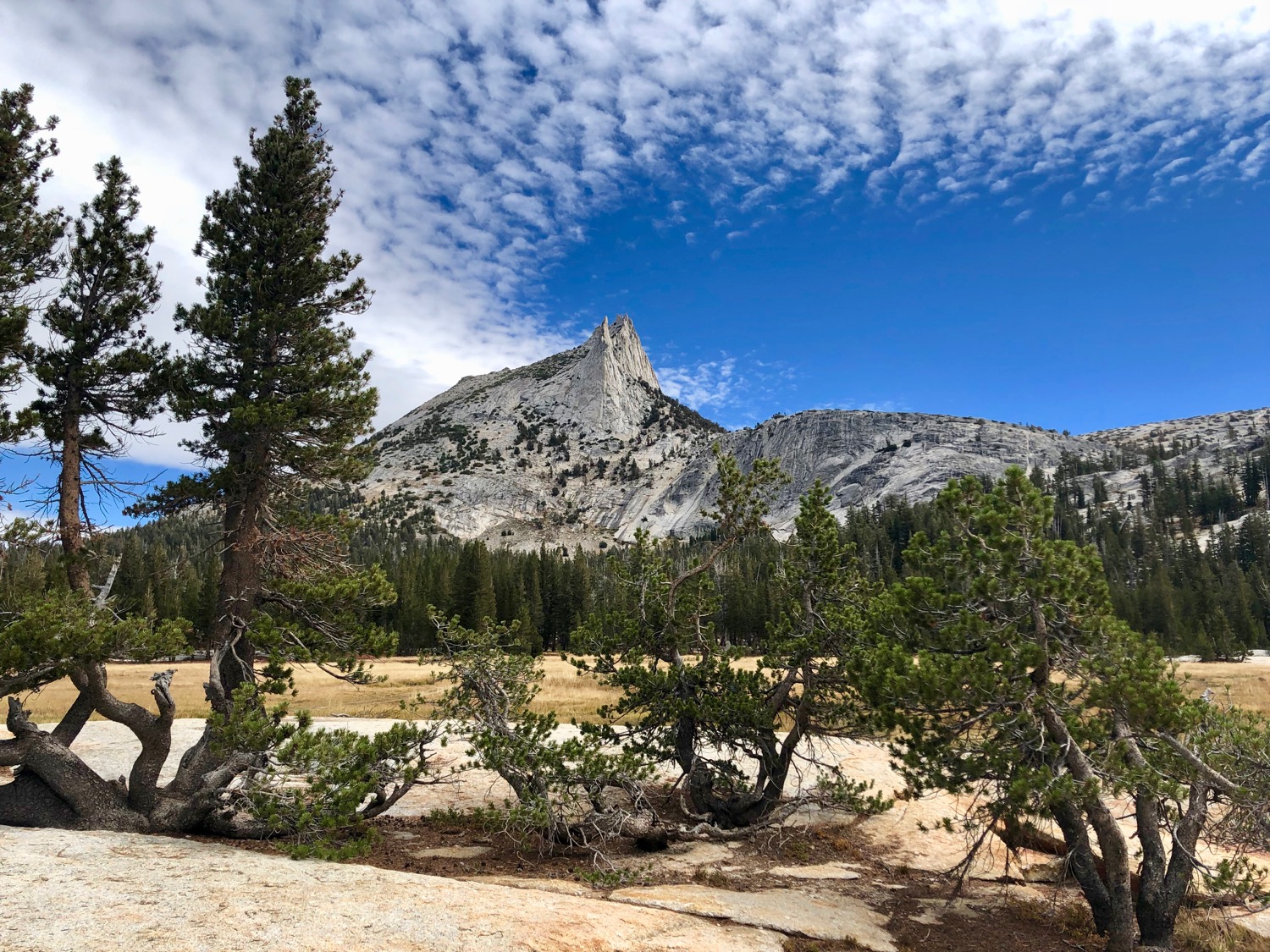
This ended up being about 12 mile out and back to get up to Cathedral Pass. Needless to say, I was tired out and ready for a more leisurely day down in Yosemite Valley the next day. We headed out the next morning to make the drive down to the valley. It ended up being an absolutely perfect day– so my pups got to get out and wander around all the dog friendly trails down in the Valley.
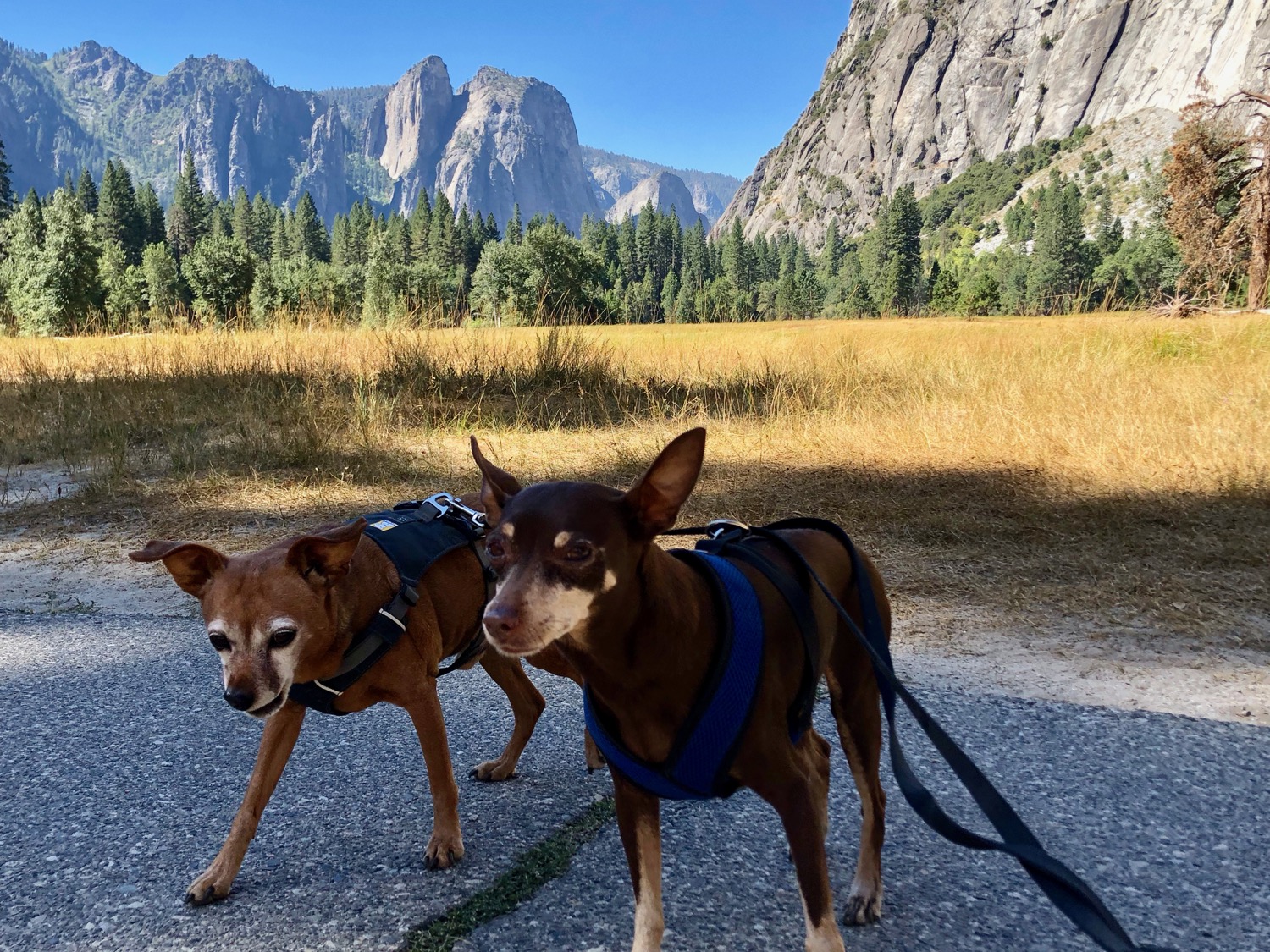
I’ve been to Yosemite Valley a number of times and it still takes my breath away. One thing I hadn’t done before this trip was to head up to Glacier Point, a view point high above Yosemite Valley. While Glacier Point sits just above the valley, to get there you actually have to drive about 30 miles via Glacier Point Road. The drive takes about an hour, but is well worth the effort. Bring your wide-lense camera– the views of Yosemite Valley from here are like no other.

This stop at Glacier Point put quite the exclamation point on this trip to Yosemite. Your heart is guaranteed to flutter as you look down over 3200 feet at Half-Dome Village. The area has a number of view points where you can get instagram-ready photos of the park. There are also picnic options and a small store for visitors. After exploring Glacier Point, that was a wrap on Yosemite and it was time to head off to our next destination– Kings Canyon and Sequoia National Parks!
